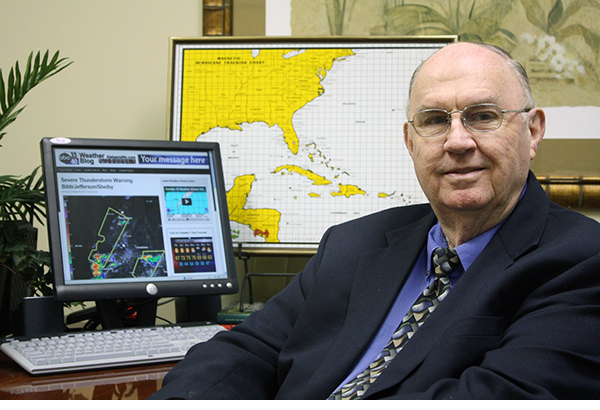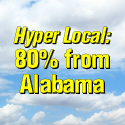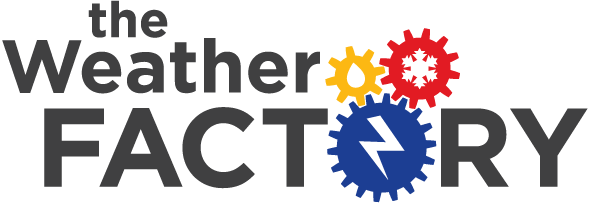Doppler Radar Tornado Detection is Born

Austrian Scientist Christian Andreas Doppler first described what we know as the Doppler Effect in 1842, long before anyone had even dreamed of weather radar. Conventional radars became reality during World War II, developed as a result of military necessity as many pieces of technology are. By 1941, the value of radar in tracking storms had been recognized. In April 1953, the hook echo was discovered when a technician at the Illinois State Water Survey recognized that the telltale radar signature was associated with a tornado. By 1950, experimental military Doppler radars were being used to tell the difference between helicopters and airplanes because of the signature their propellers made on the new radars.
Meteorologists knew that rotating thunderstorms were responsible for many tornadoes, so the motion detecting radars seemed a natural for detecting that rotation. But decoding a Doppler signature is extremely complex, and the computing power just was not there in the early 1950s. But tornado-related Doppler weather research started in 1956 when a man named James Brantley wrote a paper touting the use of Doppler radar in weather forecasting. Brantley convinced the Weather Bureau that the technology had the potential to detect tornadoes.
Funding was procured for the 1957 tornado season and two continuous wave radars were procured from the Navy. The units were installed in Wichita Falls, Texas and Wichita, Kansas. Continuous wave radars are called such because they emit a continuous stream of radiation, unlike today’s pulse radars, that send radiation out in bursts. Continuous wave radars cannot tell range of echoes, since the signal is continuous. But they do detect the frequency shift of rotation.
On June 10, 1958, a large, gray F4 tornado touched down in Butler County, Kansas, about 35 miles northeast of Wichita. The large, elephant trunk shaped twister roared out of the northwest, on a direct course toward the town of El Dorado. It passed through a section of new homes in the southwest part of the town, destroying 200 homes in a 45 block area. Twelve people died and another 50 were injured. The hospital was overwhelmed. The only warning came from a Kansas State Trooper, who observed the tornado from his position seven miles south of the town. He radioed the police department in El Dorado, giving five scant minutes of warning.
The continuous wave radar research team in Wichita had their radar pointed at the storm as it struck El Dorado. When they reviewed the data, they had observed a 205 mile per hour wind speed with the radar data. By 1971, the National Severe Storms Laboratory had built two 10-cm Doppler radars. In 1973, the value of the technology was sealed forever when researchers saw the clear indication of a tornado that struck Union City, Oklahoma. The rest is history.
Category: Uncategorized
















Comments (9)
Trackback URL | Comments RSS Feed
Sites That Link to this Post